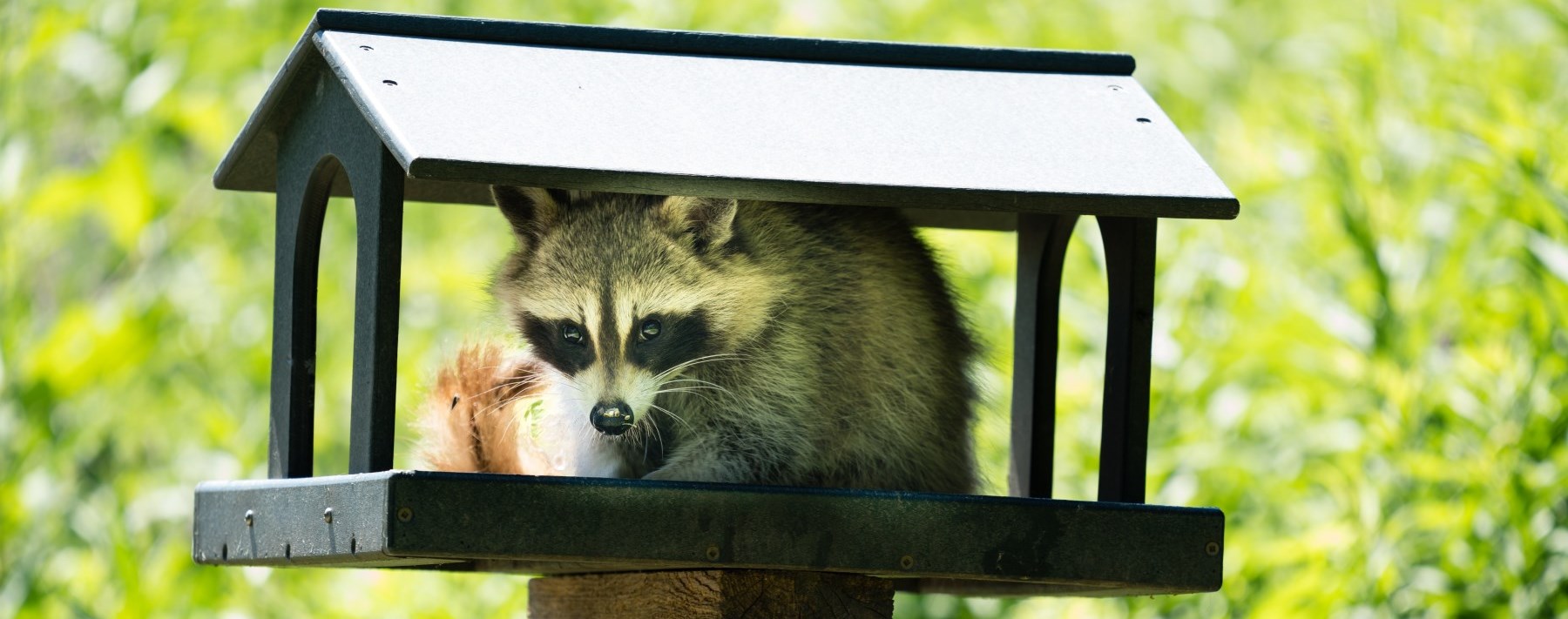Animals and Wildlife

The Township of West Lincoln gets many questions on how to handle wildlife. If you or anyone else is in danger or an animal may hurt someone, call the police at 911.
Animal bites
If you come into contact with wildlife that might have rabies, contact Niagara Region Public Health at 1-800-263-7248 or 905-688-3762.
Animals in distress
If you see an animal in distress or think it has rabies, please contact the Niagara SPCA and Humane Society at 1-888-222-0568.
Dead animals
Contact us at 905-957-3346 to report a dead animal on a Township road. For regional roads, contact Niagara Region at 1-877-552-5579.
Nuisance wildlife
The Township does not handle wildlife calls for skunks, raccoons, bats or other animals. Please call a pest control company with any issues.
Tips for dealing with pests:
- Do not give food to wildlife.
- Use proper containers for composting.
- Seal garbage that is stored outside.
- Do not shelter wildlife.
In the early Spring and late Fall, you should find and close up any holes or openings in attics, under steps, sheds and garages. These areas make great dens for wildlife. Make sure to remove any wildlife before sealing the openings.
Coyotes |
|
Coyote sightings are not uncommon in the Niagara Region. They have been a vital part of our ecosystem for many years. By applying common sense, preventative techniques, and by being aware of the diversity of wildlife that we share our living spaces with, we can minimize human and wildlife conflict. When coyote sightings increase, many times these sightings are due to humans intentionally or unintentionally providing a food source. An overflowing bird feeder, mishandling of compost and fallen fruit attract a diverse range of prey species such as rodents, squirrels, chipmunks, insects, which coyotes will utilize as food. Consider that the birds and small mammals that frequent bird feeder stations are potential prey food for other predator species such as owls, hawks, fox, and domestic pets. Decreasing food sources have proven to be significantly helpful in reducing the presence of coyotes in particular areas. Therefore, residents are reminded to eliminate/cover all exterior food sources, including pet food, bird feeders, uncovered garbage and recycling bins. If a coyote frequently visits your backyard:Check your property for wildlife attractants and never allow a coyote to linger or bed down near your home or business. Applying simple low-intensity hazing techniques will send a clear message to a coyote that they are not welcomed:
If a coyote is near:
You can reduce human and wildlife conflict by learning facts about coexisting with coyotes as well as steps to prevent attraction. *It is vital that anyone in an emergency situation with a coyote, such as a coyote cornering humans or showing signs of potential rabies, should call 9-1-1 immediately. Police are authorized to handle these situations and frequently engage the Humane Society when they attend the call. |
Rodents |
|
Rodents can cause damage to your property or make you ill. It is important to take the proper precautions to deter rodents from your property. To find evidence of a rodent problem, you should:
Rodent prevention tipsFollow the suggestions below to make your property less appealing to rodents.
Discuss any concerns with your neighbours to make sure rodents don't just move from one property to the next. If you believe a property may be in violation of the Clean Yards By-Law, please contact our Clerk's department to file a complaint. |



 Subscribe to this page
Subscribe to this page